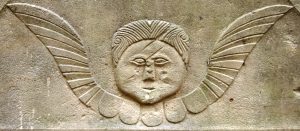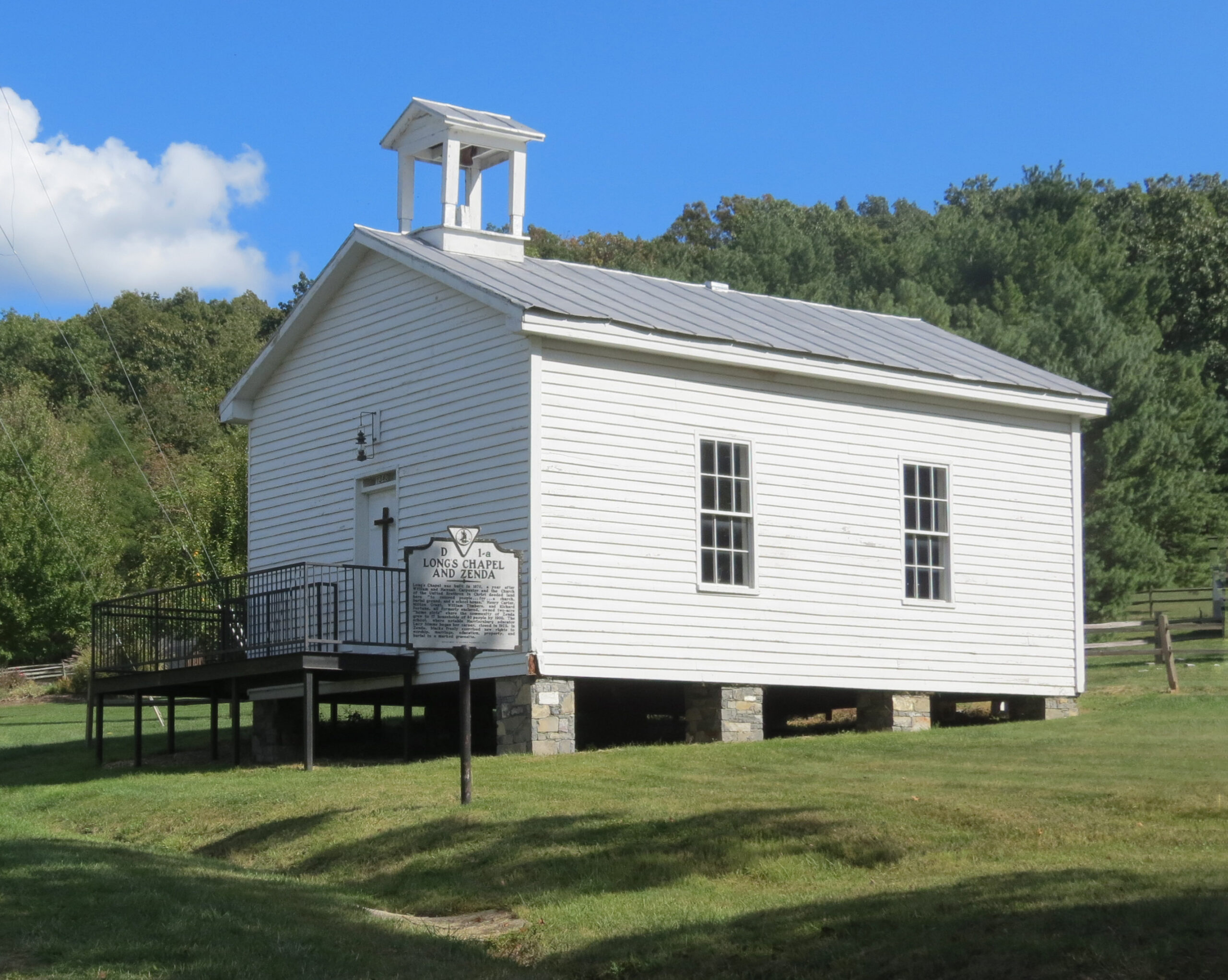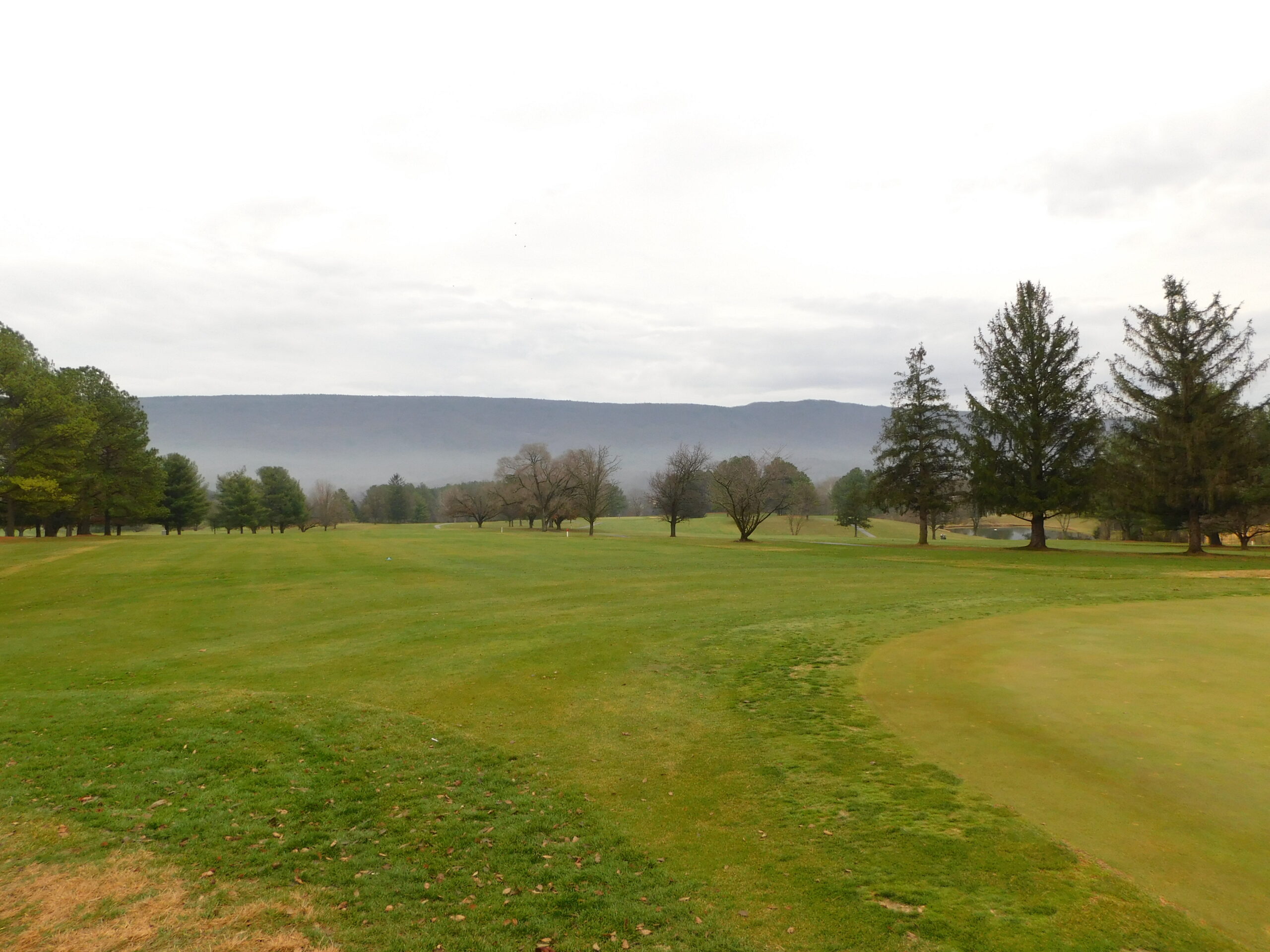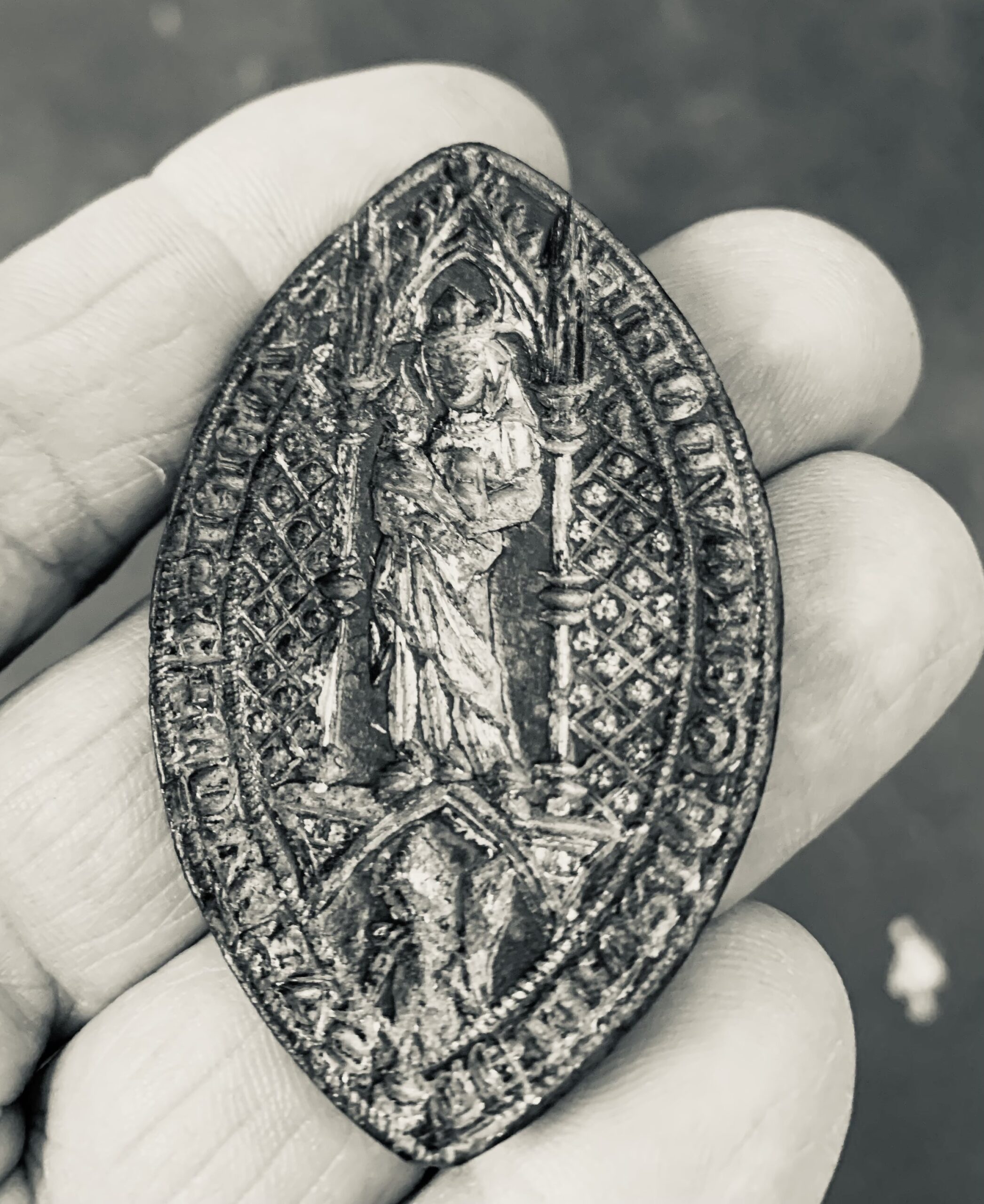The Evolution of Funerary Symbolism (or “What’s With All the Willow Trees?”)
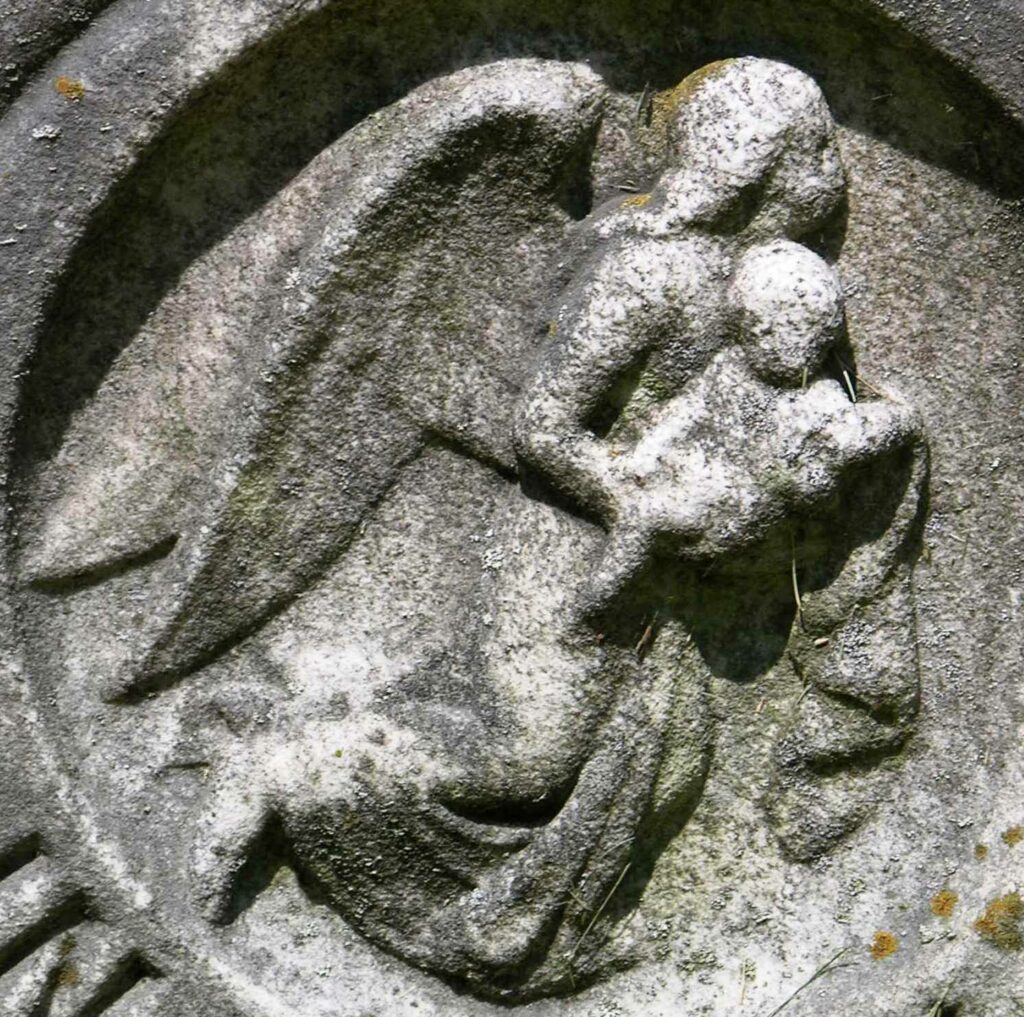
Welcome to the inaugural issue of Grave Matters: Cemeteries in Virginia, DHR’s newsletter for fellow cemetery enthusiasts. We hope you enjoy reading these articles as much as we enjoyed writing them.
Future newsletters will explore the origins, meanings, and applications of specific funerary symbols. For now, let's take a brief look at the history of funerary symbolism in America, and how it transitioned from the skull and crossed bones of the early colonies to the stylized, basic florals and geometrics of today. This may be a refresher for many of you, but hopefully everyone will find something of interest. And please note that this discussion focuses specifically on colonial and post-colonial America, and the ideas and symbols commonly found in cemeteries dating from the mid-1600s on.
We begin with the concept of symbols. Fundamentally, symbols visually convey a thought, idea, memory, or concept. Merriam-Webster Dictionary defines symbol as “something that stands for or suggests something else.” Symbols are everywhere in modern life, from street signs to the tag on a sweater with an icon indicating that putting it in the dryer would be a really bad idea. What gives a symbol its importance is a shared agreement about what it means. If we do not all agree that a red hexagon with “STOP” in the middle actually means stop, then the symbol itself is useless as a means of communication. Such shared agreement usually comes from other shared aspects of our lives—religion, nationality, ethnicity, culture, etc.—and symbols should be viewed in this context. This is especially true when thinking about funerary symbols. Through shared agreement, funerary symbols communicate a wealth of information about the deceased at a glance (and without having to read a single word).
At the root of this shared agreement when discussing funerary symbols is the so-called “American way of death” and the evolution of our approach to mortality. We see it reflected in the imagery chosen for the grave markers of loved ones. In what is now the United States, the use of symbols on grave markers did not reliably appear until the mid-17th century. Prior to this, graves were often marked with plain stones or stones with minimal information (names, dates) inscribed, likely in compliance with the biblical Second Commandment which prohibits the use of “graven images” as well as the Puritan rejection of traditional Catholic and High-Church iconography such as crosses (Roark).
Later generations expanded their funerary repertoire somewhat, but the symbols used were uniformly simple and stark, reflecting an equally realistic view of the relative harshness of life and the inevitability of death. These often included bare skulls and crossed femora or other long bones, and later images of coffins and sexton’s hardware (shovels, picks, etc.) (Ludwig) Similar imagery is found in churchyards throughout Europe, possibly a cultural hangover from multiple waves of pandemic plague. Immigrants could easily have brought those ideas and practices to North America.
In their foundational study, The Plymouth Colony Archive Project, James Deetz and Edwin Dethlefson catalogued the occurrences of variations on the death’s head theme in multiple cemeteries in eastern Massachusetts. This study provides a framework for understanding the progression from the stark skull prevalent in the 1600s to softer representations of human mortality that followed, as well as the changes in society that prompted this progression (Dethlefson and Deetz). These changes—from the strictly Calvinist view that all humans were sinners (and thus doomed) to the idea that individual responsibility led to salvation—were embodied in a series of “great awakenings” that fomented the American evangelical movement (Kidd).
The First Great Awakening led to an expansion of funerary imagery away from biological depictions of death and decay and toward something gentler and more representational. For example, winged cherubs supplanted staring skulls. The cherubs’ childlike faces reflect a shift in the view of death as a biological endpoint (skulls) to death as a step on the passage to another life. Similarly, this change is mirrored in epitaphs, wherein “here lies y body of” is replaced by “in memory.” (Dethlefson and Deetz) The Second Great Awakening, a time of wildly popular revivalism and camp meetings, marks the advent of the urn-and-willow funerary motif, itself reflective of revived interest in Greek design. The urn, emblematic of the body of the deceased, is another conceptual jump away from depicting the actual dead body in the form of the bare skull and bones. Adding the willow, recognized as a symbol of both mourning and rebirth, signaled the end of America’s plain and simple approach to death and began a long period of what some might describe as creative avoidance behavior.
Now the brakes were off, and they would stay off through the early 20th century. What started with a simple urn and willow expanded to include other neoclassical styles. The most easily recognizable may be the Egyptian Revival–style obelisks (see photo below) that cropped up in cemeteries across America in the early 1800s. Urns came into greater use, both in relief and sculpture, as did other classical elements such as laurel or oak garlands, columns, and aboveground monuments shaped like sarcophagi.
This period also saw the beginnings of the rural or garden cemetery movement, wherein cemeteries were placed on the outskirts of cities and towns and landscaped as parks—further separating and insulating the American public from reminders of death. Hollywood Cemetery in Richmond (established 1841) is a good local example of this movement. The explosion of memorial creativity came to a screeching halt during the American Civil War, when necessity forced a shift away from individual memorialization to mass interment as battlefield injury, sepsis, and disease took roughly 620,000 soldiers’ lives. This period also saw the advent of national cemeteries, with their regimented rows of identical stones (Elliott, Faust). For a time, death was once again front and center in American life.
Following the war, America’s love affair with funerary excess came roaring back, attaining its greatest popularity in the late 19th century. Angels, monumental figures, intricate designs and draping, and sculpture came into common use. Egyptomania resurged and obelisks were again popular, along with other neoclassical design elements. The Victorian interest in florigraphy (or “flower language”) inspired stonemasons to use flower and plant images to convey sentiment. An entire range of symbols was reserved for stones marking the graves of children, including lambs to convey innocence. This coincided with the apex of the garden cemetery movement, by then embraced by smaller localities. Staunton’s Thornrose Cemetery, established in 1888, is one such example. We see these kinds of stones and designs most often in larger towns and cities where wealth made acquisition of expensive monuments easier. But even small, rural family cemeteries often held at least one high-style example.
By the 1930s this florid period of cemetery ornamentation was largely finished, as public tastes turned toward simpler and more utilitarian forms. Cities left the parklike cemetery movement behind in favor of open lawns, low markers, and ease of maintenance. Certain designs continue in use on modern stones including floral elements, crosses and other religious symbols, and signifiers such as Masonic emblems. What’s new is modern stonecutting technology, which allows any design element, up to and including photographic reproductions, to be placed on a stone. Given this, who knows where funerary symbolism will go next?
–Joanna Wilson Green
Easement Program Archaeologist
Preservation Incentives Division, DHR
Bibliography and additional reading:
- 1966 – Dethlefson, Edwin and James Deetz, “Death’s Heads, Cherubs, and Willow Trees: Experimental Archaeology in Colonial Cemeteries,” American Antiquity pp. 5502-510
- 2011 – Elliott, Bruce S. “Memorializing the Civil War Dead: Modernity and Corruption under the Grant Administration”. Markers XXVI, Association for Gravestone Studies pp. 15-55.
- 2009 – Faust, Drew Gilpin. This Republic of Suffering: Death and the American Civil War. Vintage Books/Random House, Inc., NY.
- 2004 – Keister, Douglas. Stories in Stone: A Field Guide to Cemetery Symbolism. Gibbs Smith, Publisher, Layton, UT.
- 2007 -- Kidd, Thomas S. The Great Awakening: The Roots of Evangelical Christianity in Colonial America. Yale University Press, New Haven, CT.
- 2011 – Kirkby, Mandy. A Victorian Flower Dictionary: The Language of Flowers Companion. Ballantine Books, NY.
- 2000 – Ludwig, Allen. Graven Images: New England Stone Carving and its Symbols, 1650-1815. Wesleyan University Press, Middletown, CT.
- 1992 – Potter, Elizabeth Walton and Beth M. Boland. National Register Bulletin #41: Guidelines for Evaluating and Registering Cemeteries and Burial Places. U.S. Department of the Interior, National Park Service.
- 2003 – Roark, Elisabeth. Artists of Colonial America. Greenwood Press, Westport, CT.
